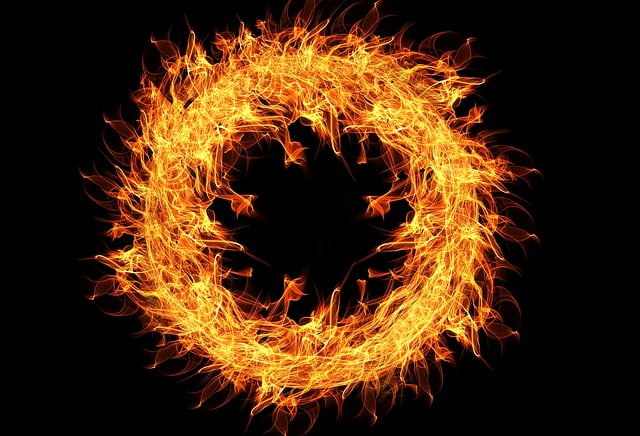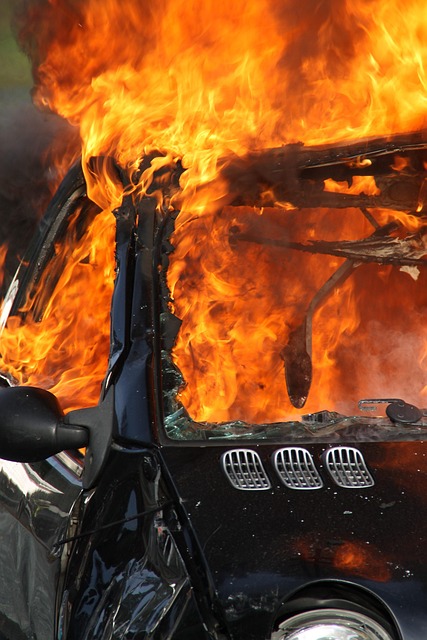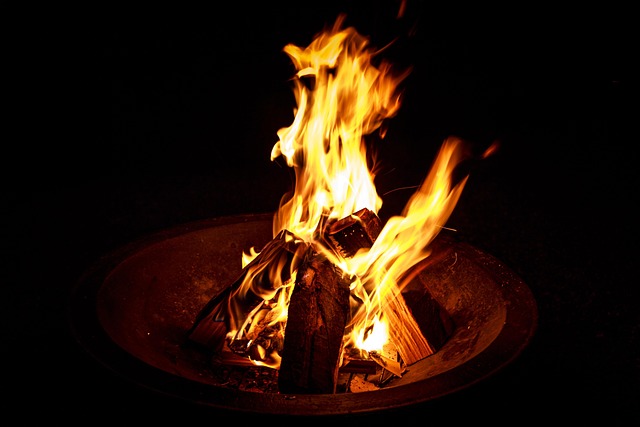Texas homeowners navigating fire damage insurance claims should thoroughly document all damages, keep detailed records of repair estimates, promptly notify their insurance company, and understand policy specifics. Prioritize safety during cleanup with protective gear and professional advice for damaged items. Efficient cleanup involves assessing damage, removing debris safely, separating salvageable from disposable items, and treating cleanable items with recommended solutions to streamline restoration and claims processing.
After a fire, navigating cleanup and restoration can be overwhelming. For Texas homeowners, understanding fire damage insurance claims is crucial. This guide provides essential tips on assessing charred debris safety and efficient cleanup strategies. Familiarize yourself with fire damage insurance claim tips for Texas homeowners to ensure a smooth recovery process. By following these guidelines, you’ll foster a safe and swift transformation from disaster to restoration.
- Understanding Fire Damage Insurance Claims
- Assessing Charred Debris Safety
- Efficient Cleanup Strategies for Homeowners
Understanding Fire Damage Insurance Claims

When it comes to fire restoration, navigating charred debris cleanup can be a complex process, especially for Texas homeowners. Understanding fire damage insurance claims is crucial in this scenario. Here are some key tips to guide you through the process. First, thoroughly document all damages caused by the fire using photos and video evidence. This step is essential as it helps you present a clear case to your insurance provider. Additionally, keep detailed records of repair estimates from qualified professionals, ensuring you have a comprehensive understanding of restoration costs.
Second, promptly notify your insurance company about the incident. Texas homeowners should provide immediate notice of fire damage to avoid any potential delays in the claims process. Your insurer will assign an adjuster who will assess the damage and determine coverage based on your policy’s terms and conditions. Familiarize yourself with your policy specifics, especially regarding deductibles and covered damages, to make informed decisions throughout the cleanup and restoration journey.
Assessing Charred Debris Safety

After a fire, assessing the safety of charred debris is crucial before proceeding with cleanup. Texas homeowners should remember that smoke and ash can pose significant health risks, so it’s essential to follow specific guidelines when handling damaged materials. Before touching any charred items, wear protective gear, including gloves, masks, and goggles, to avoid inhaling toxic fumes or irritants.
When evaluating the debris, be mindful of potential hazards like structural instability or the presence of hazardous materials. If you’re unsure about a particular item’s safety or its ability to be cleaned and restored, consult with professionals who specialize in fire damage restoration. They can provide valuable advice tailored to your situation, ensuring that you and your family stay safe throughout the cleanup process while also helping you navigate your Texas fire damage insurance claim effectively.
Efficient Cleanup Strategies for Homeowners

After a fire, efficient cleanup is crucial for Texas homeowners navigating their fire damage insurance claim. The first step involves assessing the extent of the damage and prioritizing safe removal of charred debris. This includes wearing protective gear, such as gloves, masks, and goggles, to prevent further exposure to hazardous materials like asbestos or toxic gases.
Next, separate salvageable items from those requiring disposal. Use a detailed inventory of damaged belongings to support your fire damage insurance claim. For items that can be cleaned, use appropriate cleaning solutions recommended by professionals. Discard any non-salvageable items according to local regulations, ensuring they are disposed of or recycled safely. Efficient cleanup not only aids in the restoration process but also helps streamline the claims process with insurance providers.
After navigating the process of fire damage insurance claims and understanding the safety considerations when assessing charred debris, Texas homeowners are equipped with valuable knowledge. Efficient cleanup strategies outlined in this guide serve as practical tips to streamline the recovery process. By following these fire restoration guidelines, homeowners can ensure a safer, faster, and more effective cleanup, allowing them to rebuild and restore their homes with confidence.
